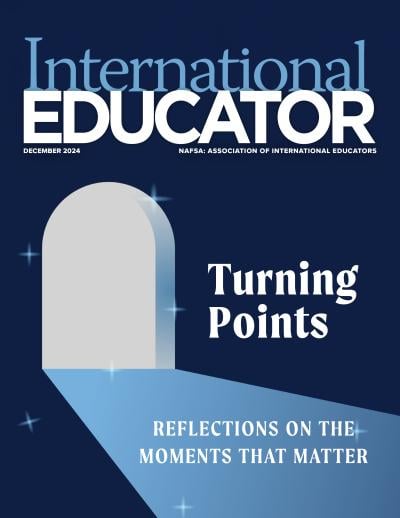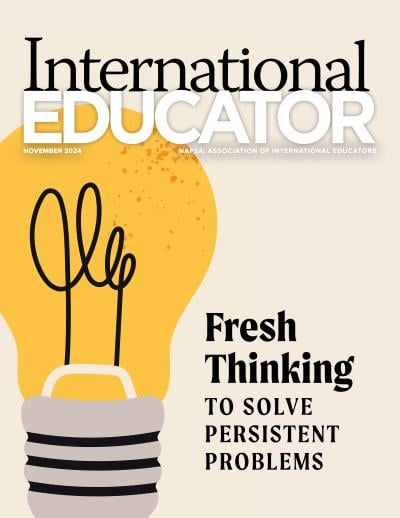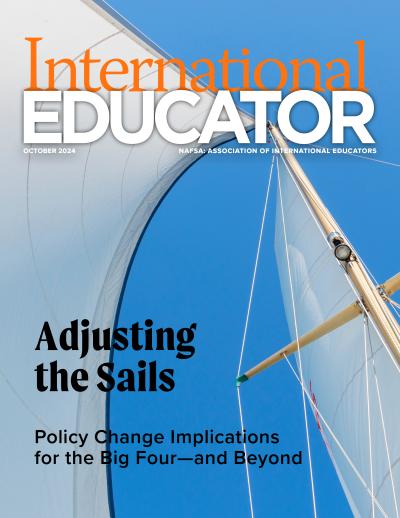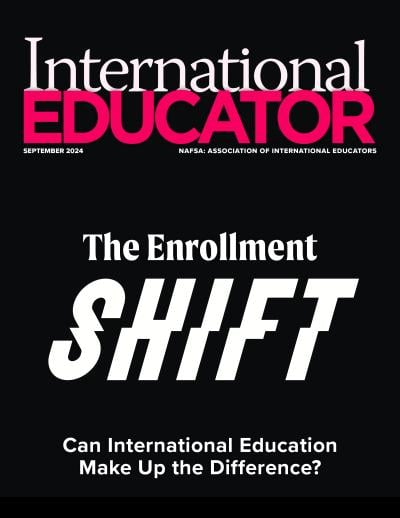Middle Class Rising
Of all the major changes on the world stage since the turn of the millennium, one of the most striking is among the most overlooked: the unprecedented growth of global middle-class wealth. According to the Allianz Global Wealth Report 2017, this global middle class has doubled since 2000, from about 450 million people to more than 1 billion people today.
Historically, expansion in the number of middle-class families has meant more students going abroad for college, and as the United States remains the top country of choice for international students, U.S. admissions offices might well expect a deluge of applications in the next few years.
It turns out, however, that the picture is a bit more complicated: The wide variation in relative buying power among newly middle-class families in less developed parts of the world, along with recent changes in perceptions about the United States among parents and college-age students abroad, has thrown additional uncertainty into enrollment planning.
A Matter of Numbers
One of the basic reasons for increased U.S. university recruitment of international students, of course, is the demographic shift among domestic students.
“The 18- to 24-year-old pool is stagnant in size,” says Richard Vedder, distinguished professor of economics emeritus at Ohio University and director of the Center for College Affordability and Productivity. “In the eastern states and some of the slow-growing states, it’s even worse than stagnant. It’s actually shrinking.”
To maintain their enrollment size, U.S. institutions need to go elsewhere for their students. “Obviously, the more prospering











